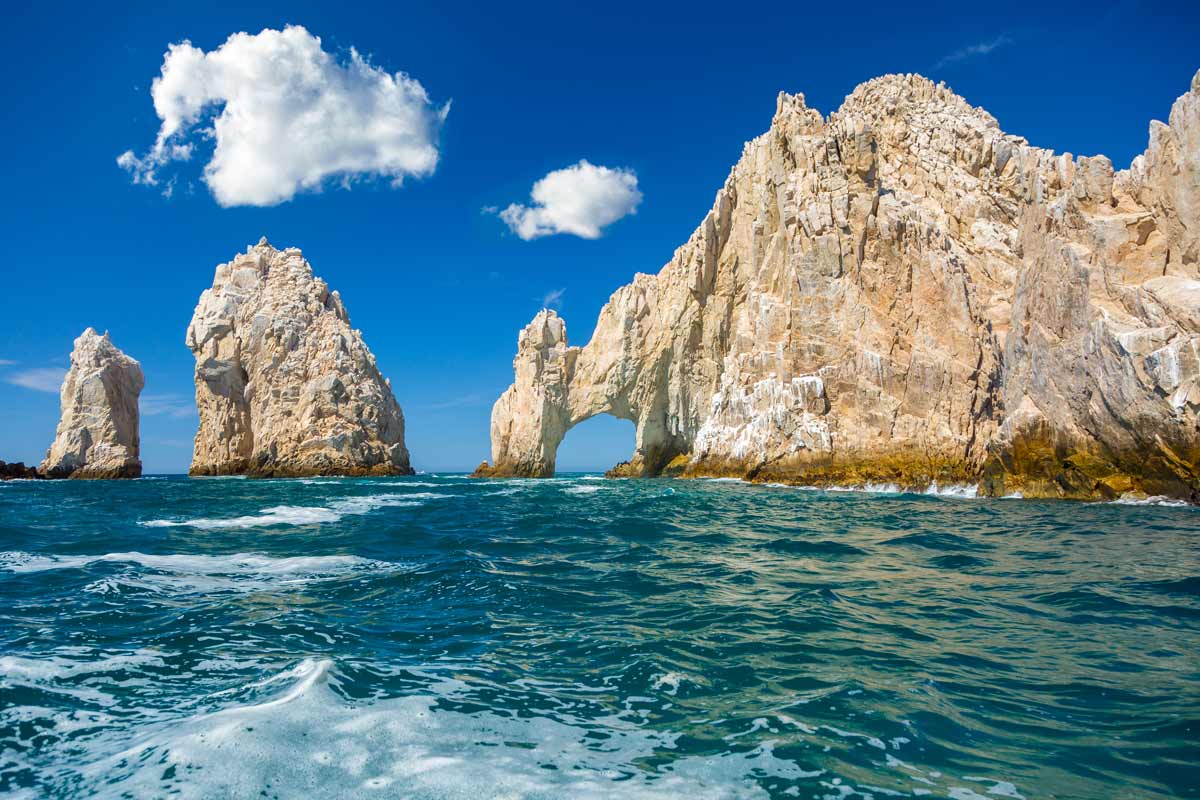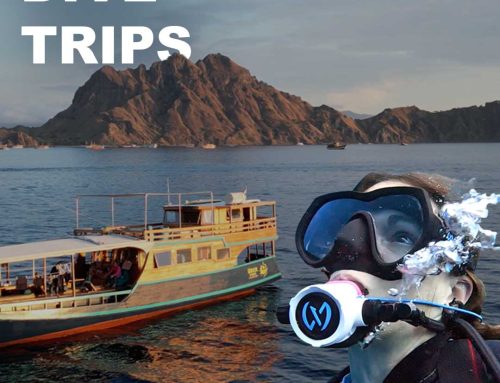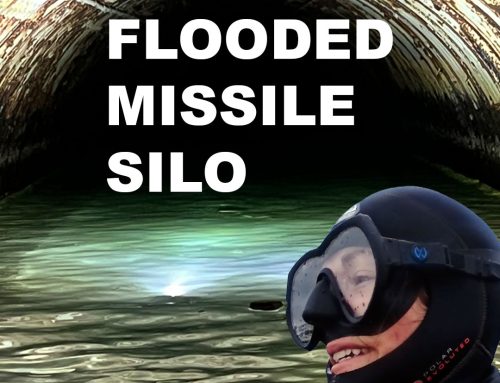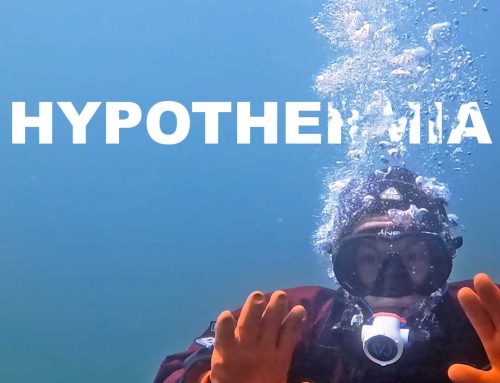A note on sidemount diving and why I take so much gear
Many people comment on why I take so much gear when I do this kind of diving. In previous videos I’ve shared about the benefits of equipment redundancy and keeping my skills on point, but there’s another factor that you might’ve gleaned from EP06 of this series, and that’s fitness.
As a dive professional, cardio and strength maintenance are key for efficient emergency responses. Being fit enough to jump in and do just about anything is important to me, and I enjoy consistently challenging my body.
I’ve been thinking about it a lot this month while reading The Comfort Crisis by Michael Easter and sharing perspectives with my community in Patreon.
The Comfort Crisis
The book introduces the term comfort creep, which refers to our human psychology of feeling less satisfied with comforts as they become a part of normal life, encouraging us to seek out even more comfort.
For me, living in a van and doing hard shore dives keeps my comfort creep at bay. These things increase my joy in simple things and make average dives feel special.
Getting the fins on through waves
Back to the freediving fins… Getting these bad boys on in waves with two tanks at your sides isn’t the most fun, but it wasn’t as difficult as I anticipated. Plus, the long fins made the surface swim an absolute breeze.

Whale songs
When diving in Baja Sur in the winter, it is common to hear whale songs underwater. Humpback whales migrate down here. Although it is less common to catch a sight of them underwater, their songs can travel kilometers, hitting your ears during a dive. This impressive sound range is because of the physical properties of water. The increased density allows sound to move about 4 times faster than in air, and the range of the sound will depend on the temperature and depth of the water. The increased speed of sound waves is the culprit for why it’s hard for humans to locate the origination of sounds when swimming underwater.
All humpback whales make sounds, but the males do the impressive singing.
Studies on whale songs continue each year
Scientists aren’t entirely sure of the mechanics and social implications of the whale song due to the difficulty of studying them, but there are groups working on it. Theories for the whale song function include male to male competition and attracting mates. The songs contain complex phrases and themes which are repeated, but evolve over time based on interactions with whales from other parts of the planet.
The other whale sounds produced by all pod members probably function as ways to identify each other, communicate, and locate food. These sounds (including clicks, whistles, and pulsed calls) are crucial for the humpbacks to understand what and who is around them. Their eyesight is extremely limited compared to the multiple kilometers range of their sounds.
As far as scientists understand, they make sound by moving air around internally over their phonic lips or vocal folds, which means they don’t have to release air to make sound like we humans do.

SUP adventure to the Cabo San Lucas Arch
The day I finally decided to do this adventure turned out to be less than ideal conditions. However, instead of canceling, I went for it. Also, it’s easy to miss out on experiences while waiting for the perfect conditions.
There will always be reasons to postpone the things we want to do–bad weather, fear, not enough money, too busy–and that’s how we miss out on the beauty of life. My experience on the road has challenged me to readjust my priorities. What’s important? Relationships, experiences, fighting for the wellbeing of wild places. And if I can do all that through sharing my love for the underwater world, well, that’s pretty neat.
So, I leave you with a challenge. Get outside this week. Challenge your body. Take note of how inspiration hits you… and run with it.
Future Azul Unlimited dive expeditions
If you want to join me on my next trip, sign up for Patreon (and get trip discounts) or my email list for first dibs on boat spots.








